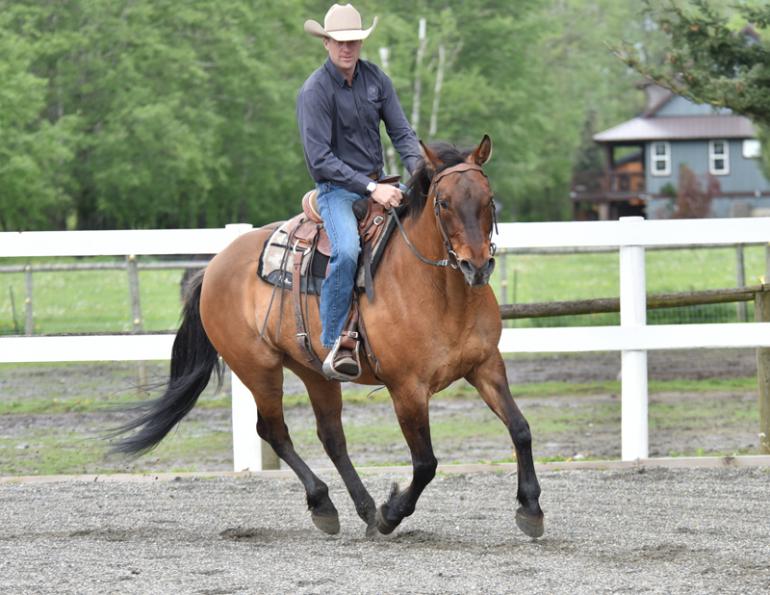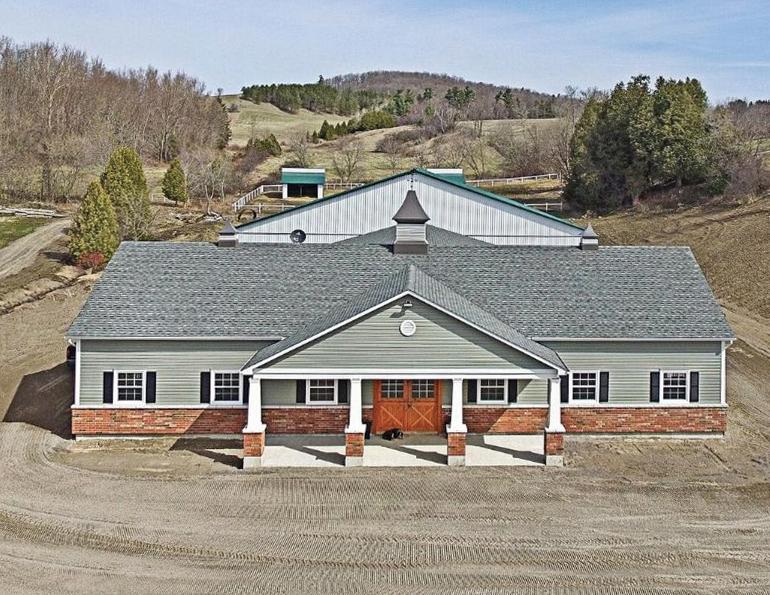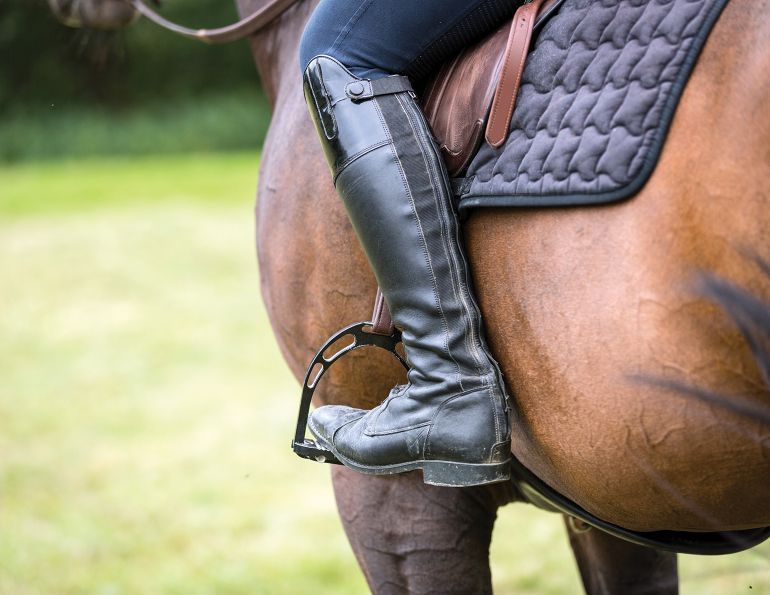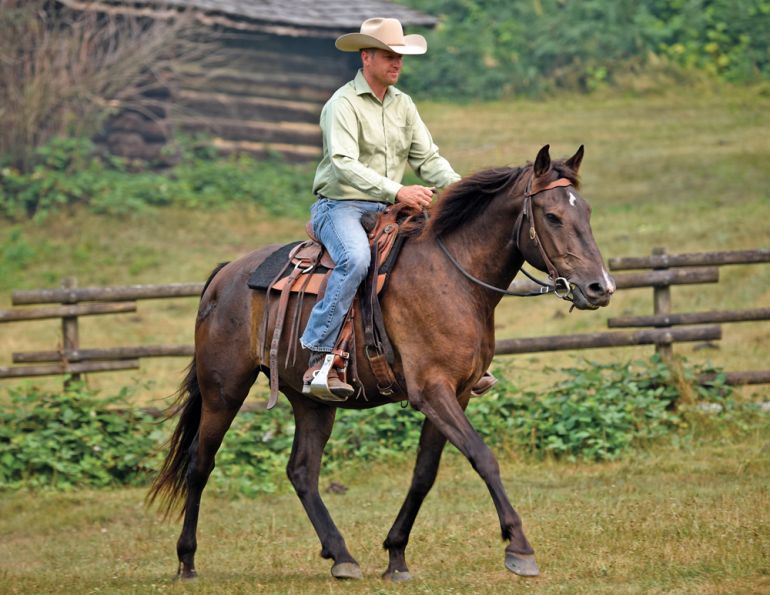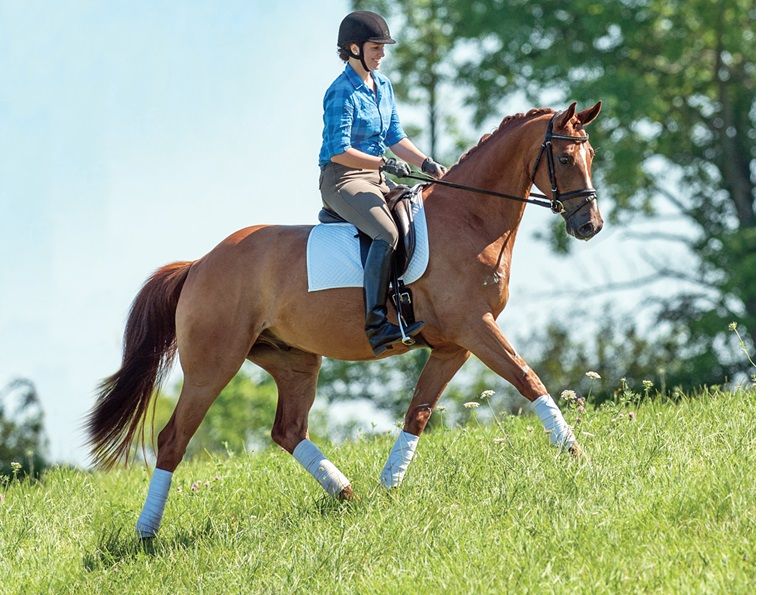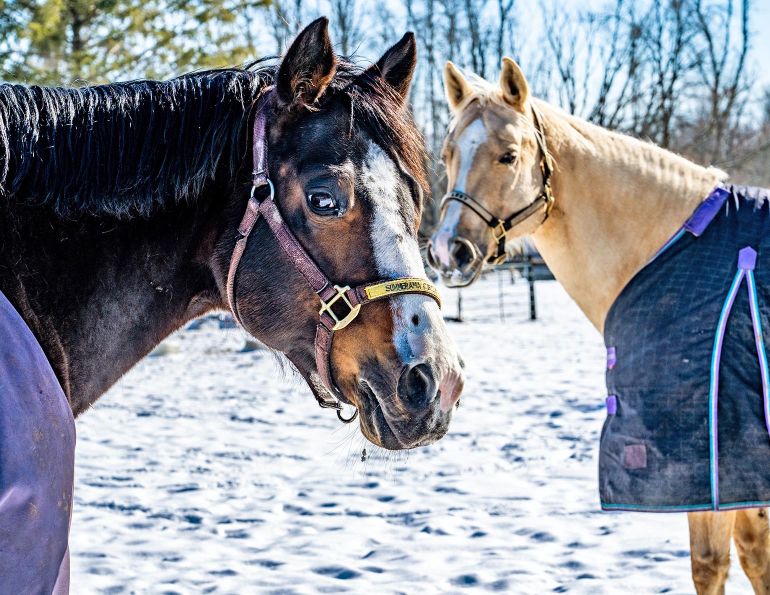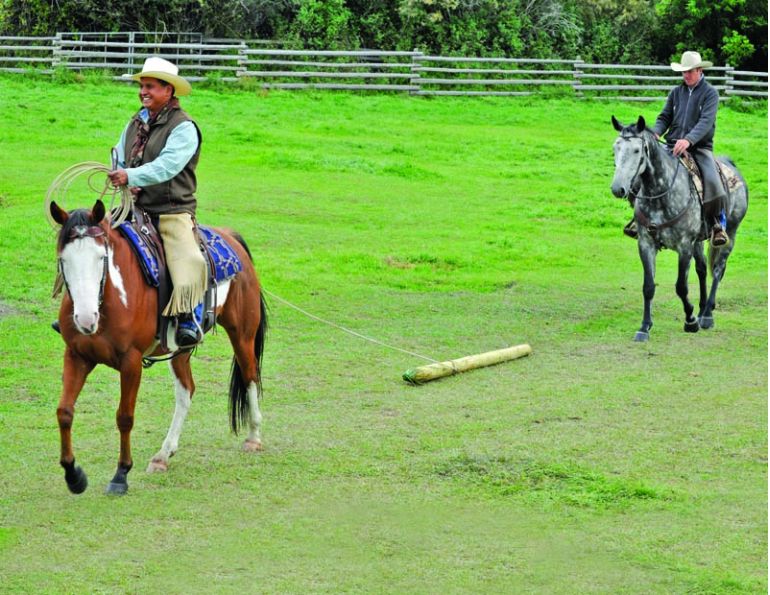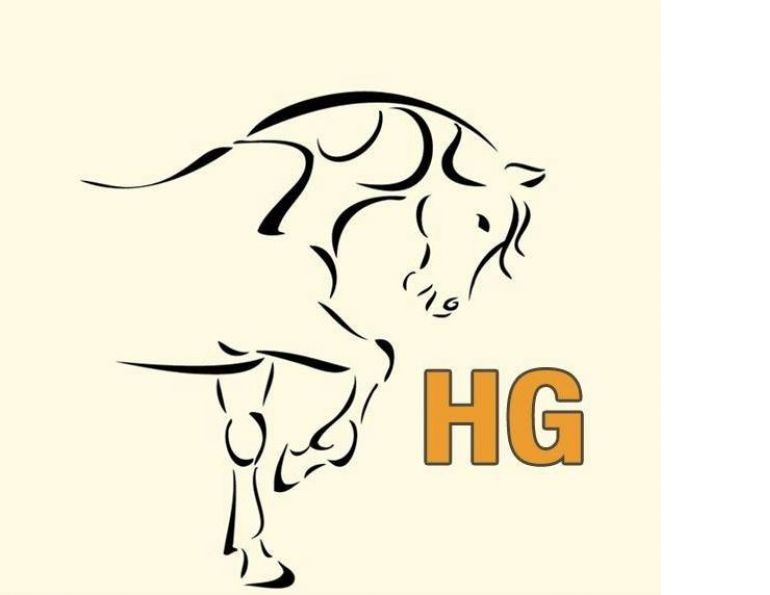Step-by-Step to a Balanced Canter Departure
By Jonathan Field
Recently, I helped a friend whose mare was having problems with the transition to canter. Moving from trot to canter was scary at best – the mare might cut sharply into a turn, panic and rush, or throw in a strong buck. The mare seemed to be saying let’s just stick with the trot!
I’ve seen riders of all levels dealing with these issues. The steps I took to help this mare are explained and illustrated in the following photos, and these same steps can benefit other horses at all gaits.
A horse may balk or buck when transitioning to canter for many reasons, including:
- Cinch constriction. Some horses feel the cinch in a different way when they stretch out to canter, and it can cause resistance because they think something has grabbed their belly.
- Balance plays a huge role when moving out faster. An unbalanced horse will likely not want to go forward calmly and easily and may feel unsafe, which can cause all kinds of issues to arise.
- No GO button! When the rider asks for canter, the horse has not been taught to respond quickly and get moving.
- Giddy up… but just a little! This is a scared rider asking the horse to go forward and at the same time pulling back on the reins, which blocks the horse’s forward movement. Or, the rider is asking for forward but also pulling on the bit in an attempt to put the horse “in contact.” I see this often, but it is important to understand that before the rider can expect any degree of flexion or sustained contact with a green horse, the horse must freely and willingly move forward off the seat and leg aids without rider interference.
- Last (but not least) is a care issue of some kind. This might be anything from a sore body or an ill-fitting saddle, to ulcers or any number of other issues that your vet can help diagnose.
With my friend’s mare, the main issue was balance. She would cut and fall into the canter and buck because she felt so out of balance. As we move through the steps outlined below, you’ll see her become more relaxed and confident, and you’ll even notice quite a positive change in her expression.

Figure 1 – To solve the problem, first I wanted to see how the mare cantered on a long line. Here she’s picked up a canter and tightened up the lead, but her centre of balance is too far forward and she has fallen left to the inside of the circle. If we continue on without going back to help her learn a new posture and self-carriage, the lead will get tighter and we’ll actually start holding her up. I call this “rein-carriage,” not self-carriage. If this pattern is continued, when the rider mounts and the horse is similarly held up by the inside rein and leg aids, it’s very dangerous because she is only a trip away from falling down. Knowing this, we can’t really blame the horse for resisting and bucking because she is trying to tell us that she could fall.

Figure 2 – Going back to groundwork at the walk, I take time to teach her to move her shoulders over and bend through the head, neck, shoulder, and ribs. Step by step, by releasing each time she moves over, she builds competence to do this. Notice that I have a slight counter-bend set up here and this is intentional, as I would be setting up my right balance/left bend and therefore the left lead. I continue to do this slowly and correctly until she can bend left and balance over to the right for at least six steps in a row.

Figure 3 – Allowing a bit of forward on a small circle, I am looking for some softening to the inside and maintaining a bit of bend. I am guiding the nose back on the lead and at the same time driving the ribs over with my horseman’s stick, but you can see she is pretty sticky and good at using her mass to not bend. In other words, she is very heavy to the ground with her feet, thereby remaining as one solid mass through the shoulders, ribs, and hindquarters.

Figure 4 – Persistence and timed release pay off as she is now moving over to her right in a sidestepping motion like an introductory leg yield. This crossing of the feet and lateral movement exaggerate the bend required for the left lead. When doing this, I like to take my time and observe the feet moving over. Step, step, step… and so on. We don’t want to rush the horse here, as that will only create more brace in her body.
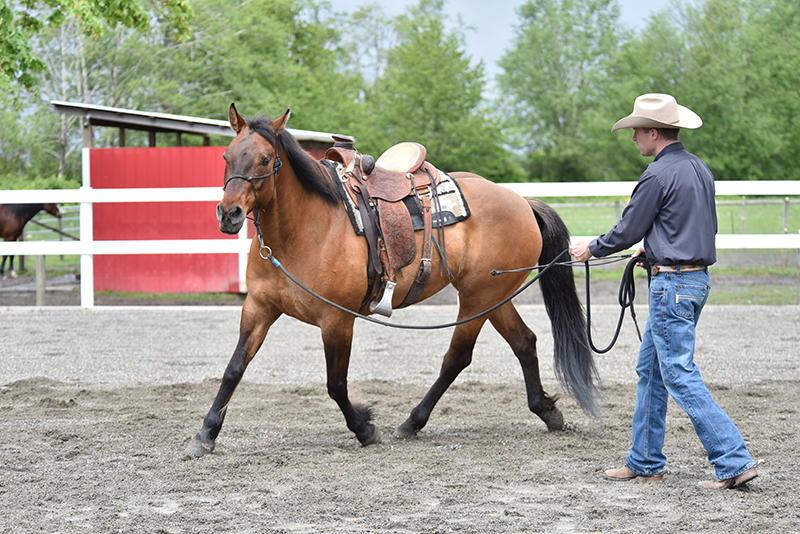
Figure 5 – Allowing her to move even more forward, she is beginning to maintain a slack lead and some left bend. Notice that her inside ear is on me. With each request, I want the physical yield or movement, but also the ear and the eye to take a look and connect with me, even if it’s only for a moment at first.
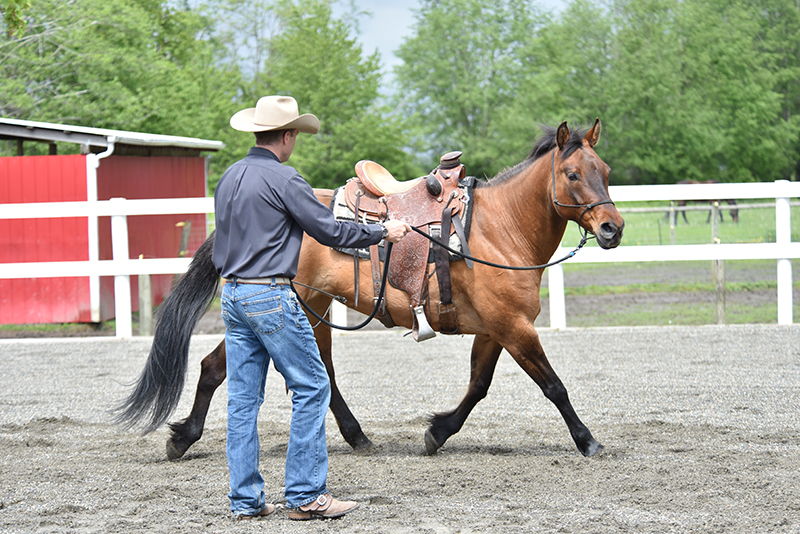
Figure 6 – Going through the whole process slowly on both sides is key. You will almost always notice that one side is easier than the other. If that’s the case, spend more time on the difficult side until both are equal. The main thing with horses is to get the right thing slowly before more speed and difficulty are added.
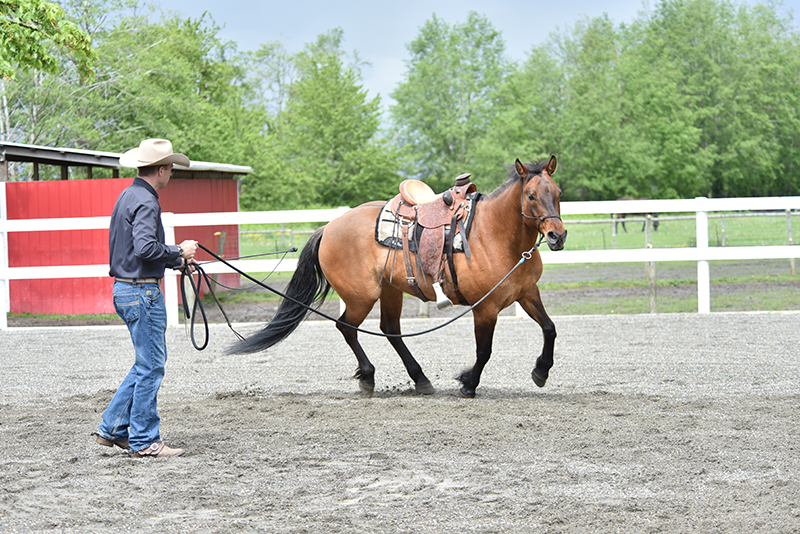
Figure 7 – The work we’ve done is paying off with this nice canter. Notice the slack rope, the balance, and her ear on me. I am still focusing my stick towards her ribs, but now it’s only a suggestion.

Figure 8 – Even with all the prep, that terrible canter is still there. But at least she didn’t try to do a big buck like before. Asking her to canter only briefly, I slow her down to teach more bending and yielding of the shoulders. It’s okay to try something and have it not work out. Just don’t keep pounding away at a high speed if you know it doesn’t work flawlessly at the trot or walk.

Figure 9 – Taking time to get the bend and balance right will result in a better canter. I am sitting slightly on my right seat bone, pressing with my inside leg and rein, while using my outside aids to help support her and keep her from falling through the outside shoulder or hip. Make sure to feel the horse down to their feet, step, step, step… releasing subtly with each correct stride over to the left. If the rider applies the aid and just “globs it on” with no release, I promise you it won’t get any better.

Figure 10 – Adding some speed, you can see that canter is only a second away. You will notice I am keen to take her head to the inside (right) and the balance to the outside of the circle (left). Many of us were taught to take the head to the left to go the right and vice versa. This may be good the first few times of trot-to-canter, but not for long. If you do this too much it teaches the horse to fall into the lead and I suspect that is how she got into this situation.
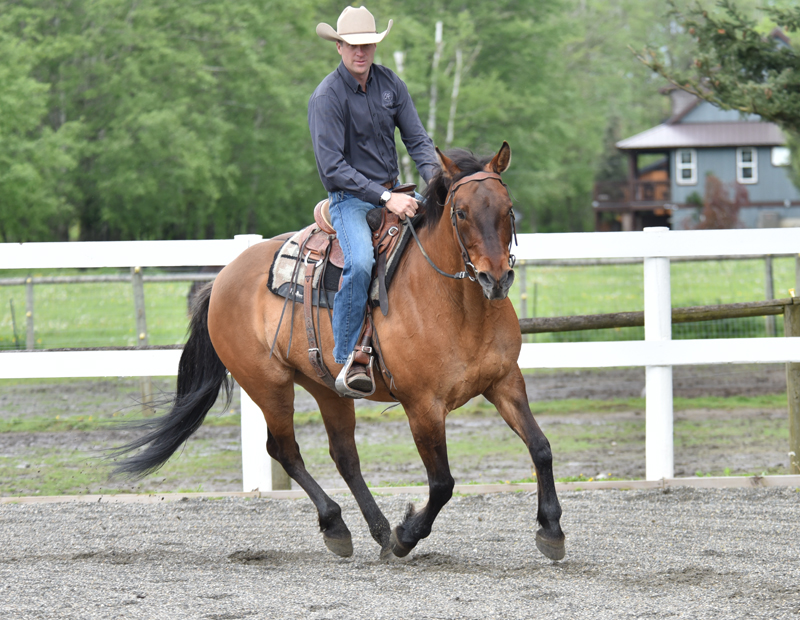
Figure 11 – Success! She’s holding a beautiful posture in self-carriage – not rein-carriage. Now this feels like a canter I want to ride and one that will be healthy for the horse. Notice her nice expression and forward movement. With any discipline, it’s important to know that a horse in foundation training doesn’t need to be all gathered up against a bit. The horse in training must first learn to go freely forward in balance left and right, front to back. Only then can we begin to go down the path of asking for more compression longitudinally. As this mare is in the early stages, she has enough collection in her body.
Take your time with each step. I did this in one session, but the next day I would go back and review each slower pace and improve it before cantering again. Horsemanship is a daily habit and the fun is in the building blocks.
Reward and Release
Each lesson with a horse must contain a reward and a release. With green horses like this mare, the release must be very obvious.

Figure 12 – When I ask the mare to move her shoulder over in this slight counter-bend turn, you can see she is quite sticky and resistant.

Figure 13 – But not for long, because as soon as she moves and gives to the pressure, I will totally release this aid and allow her to feel the relief of moving over.
If we are too finite in the beginning and always micromanaging the aids, it’s hard for the horse to really judge whether they have done something right or something wrong.
Ride safe and stay “Inspired by Horses!”
Related: Relationship Rescue: Comunication with Your Horse is a Two-Way Ride
Related: How to Get (and Keep) Your Horse's Attention, with Jonathan Field
All photos by Angie Field.



